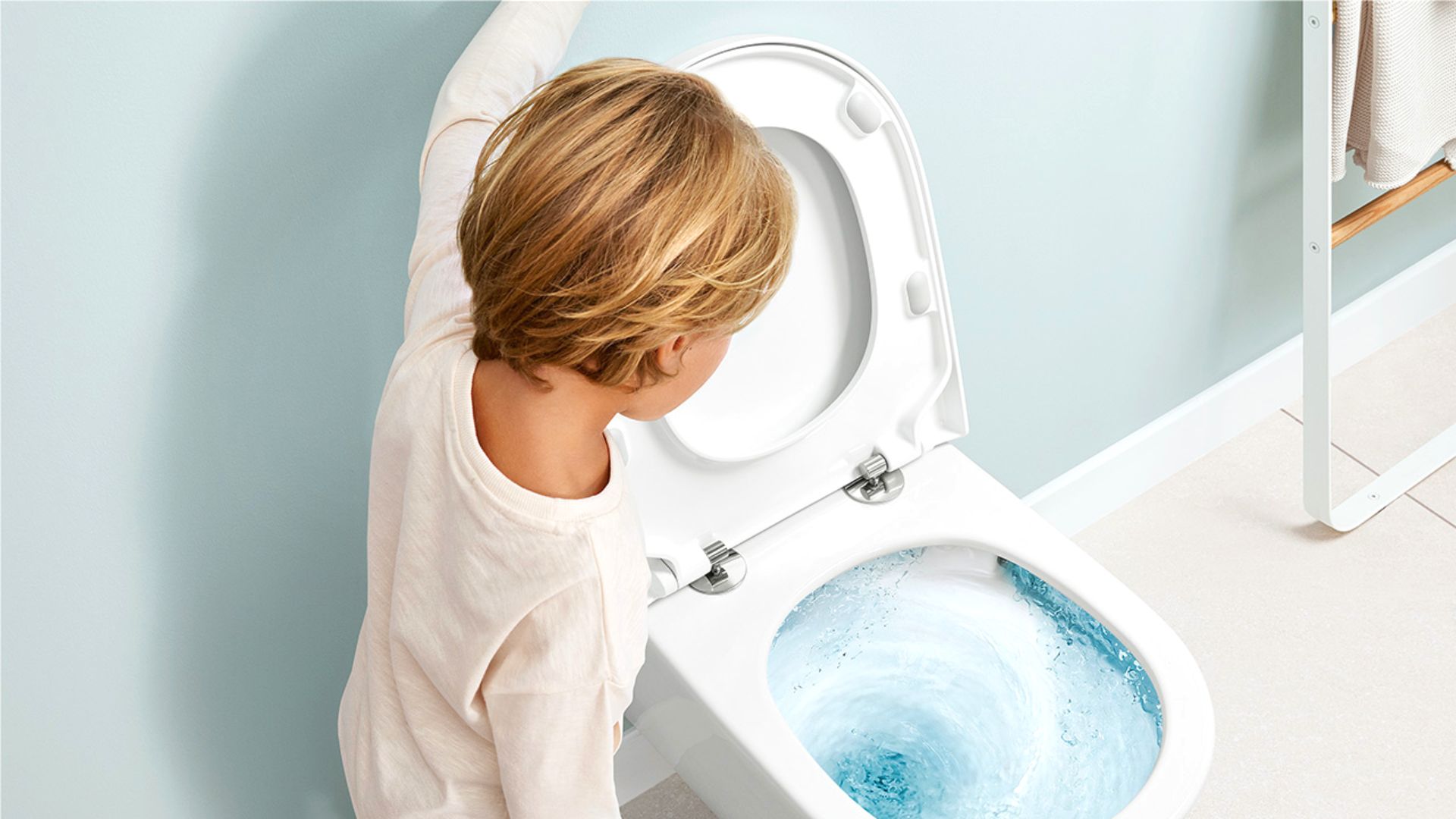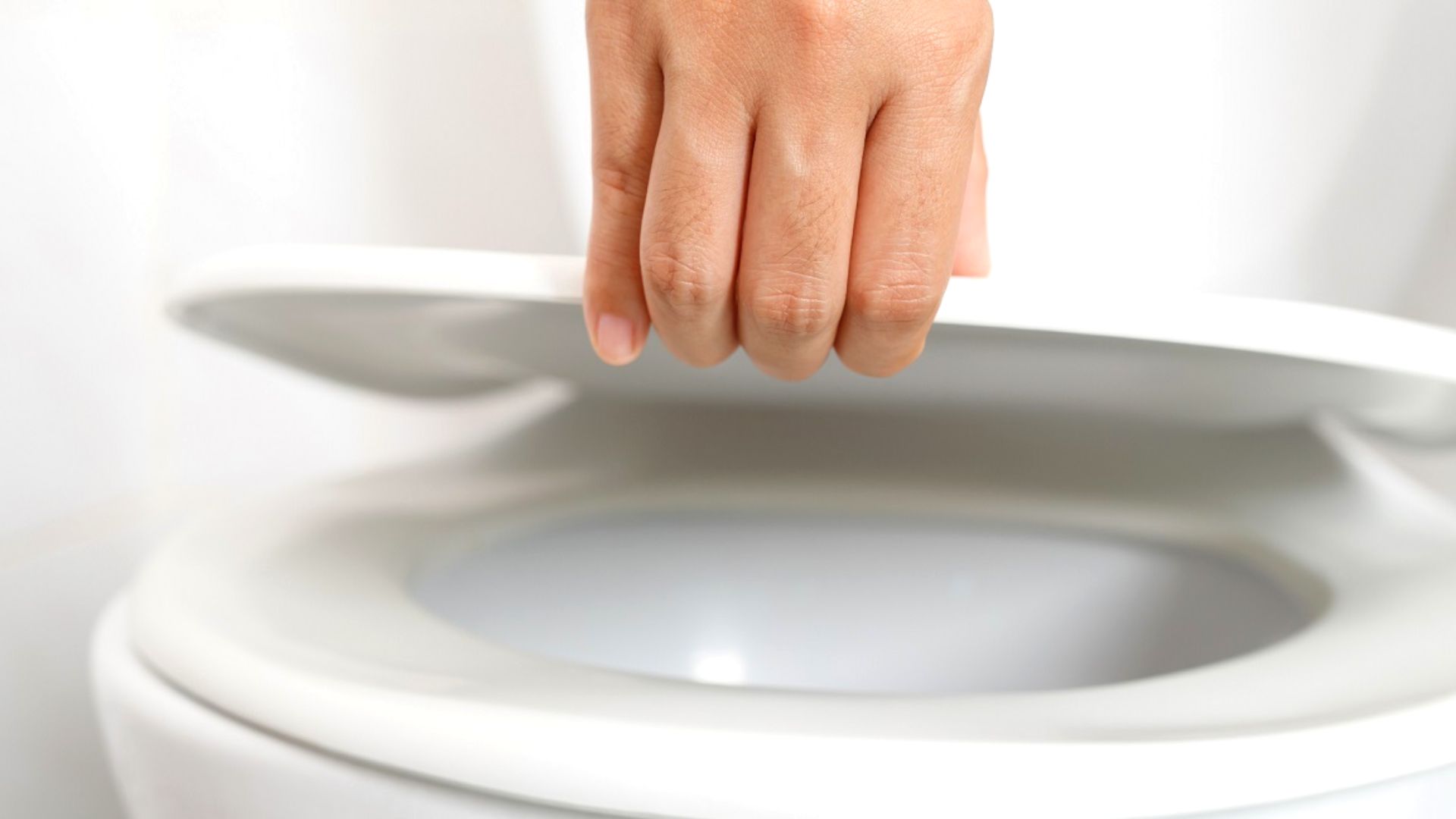7:00AM to 5:00PM
Flushing the toilet bowl should be followed by quickly filling the water supply in the toilet cisterns in preparation for the next flush.
But when the water fails to fill the toilet tanks or toilet cisterns for the next flush, and no water comes out after you hit that push button or toilet handle, you have a problem. After a few times of trying to flush repeatedly, it can get quite frustrating to find that the toilet tanks refuse to fill up and you’ve no remaining water within the tank. Once this problem occurs, you can expect the toilet to start clogging soon enough.
We suggest tackling this issue soon in your small bathroom after the signs become apparent. You don’t have to buy a new toilet and stress yourself by adding to the cart; compare two similar-looking toilet bowls with different prices. Two options lie before you – calling a professional to handle things seamlessly or trying to investigate independently. If you wish to try to fix the matter at home, there are a few things that you can check.
Here’s a list of factors preventing the toilet tank from filling up.

You probably know about the float ball that bounces atop the water when the water level is highest in the toilet tank. It has a specific purpose and allows water to re-enter the tank once you flush the toilet.
However, it also decides the amount of water to let in, and once the adequate amount is received, it shuts off the water supply to the tank. Issues can arise in the toilet cisterns when the float ball is not stationary at the correct place, which will alter the amount of water entering the water hole.
If the ball seems to float too low in the toilet tanks, then too little water will enter the tank. Luckily, you can do one of two things to solve this problem. One of the first things we recommend is gently removing the float arm from its fixed position and manually bending it upwards. Avoid breaking any delicate parts with undue force during this process.
Once the float ball position shifts in your toilet cisterns, it will automatically float at a much higher level, allowing more water to enter the tank. If you have tried this method several times and it does not seem to make a difference, the other option is to replace it. The ball should not be too expensive, and you can find a new one at the plumber’s store and screw it in place.
After checking the float ball and its position in the tank, you’ve solved the issue unless something else disrupts the water flow. The following aspects of the toilet cisterns you need to check are the fill valves to rule out any persisting problems within them.
If you are unfamiliar with it, fill valves are parts of the system responsible for water flow to the tank. The fill valves directly control the water from the home supply tank to the toilet tank.
Any problem with these valves will need some readjusting, but there is one detail you need to check first. You must find out whether the fill valves for your toilet use float arms or if they use adjusted cylinders.

If your toilet uses adjusted cylinders in the tank system, the fill valves should be on the tank’s left side. Remove the lid and look for the fill valve opening.
Once you find the floating cylinder clip, slide it upwards. This clip will be visible on the side of the float valve, and pushing it upwards will allow more water to enter the tank. Similarly, when too much water collects in the tank, use the same clip and push it downwards to reduce the water flow.
However, if your toilet tank has floating arms, use the following steps to adjust them.

Take off the toilet tank lid and see where the toilet fill valve might be in your toilet cisterns. Most toilet tanks have them on the left side; however, it might differ for some companies.
You will need only one tool for this step – a flat-head screwdriver. Use this screwdriver to adjust the clockwise direction. When you turn it clockwise, the fill valve raises, allowing more water to enter the toilet tank.
To test your changes, flush the toilet once to see if the water fills up in the toilet cisterns as it should.
We often neglect problems with plumbing and water pipes, which could be why we encounter disrupted water flow. We have usually seen that leaky and rusted pipes are in dire need of repair, and as a side effect, the toilet cisterns or tanks cannot fill up to the correct watermark. Of course, with water leaking from corroded or dented pipes, there is only one solution—replace them and find the most suitable pipe needed for better performance.
Finally, the water will not fill the tank if the trip assembly is bent or broken. The trip assembly is the part of the flush handle attached to the tank. Just open the lid to check if it’s broken.
Once you find infrequent water-filling tendencies, it won’t help to wait it out. Don’t worry; with the help of the tips we’ve provided, you should be able to fix any issue preventing the tank or toilet cisterns from filling correctly. But there is a chance you can’t efficiently resolve your toilet tank issues, and it won’t be just grabbing your long arm brushes and cleaning away buildups, mineral deposits, and rusting with running water. Or your toilet bowl will have a recurring problem unless you take action.
But if you have concealed cisterns or need the expertise of your trusted Gold Coast Plumbers, don’t hesitate to contact us. We’re just a phone call away to cater to your plumbing needs or home improvement projects.
See you next time, cheers!